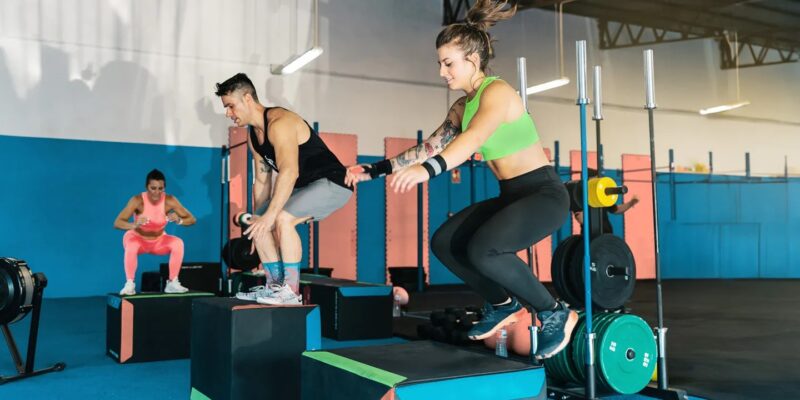A first step onto a mat or beam can feel enormous to a young athlete. Before strength or technique develop, there’s hesitation, a search for footing, for trust in the surface beneath them. The environment they train in quietly shapes this journey. The right tools can reduce fear, guide posture and build a foundation of movement skills that last well beyond the first season.
Childhood is a period of rapid physical change. Muscles lengthen, coordination improves, and nervous systems learn new patterns of control. In sport, this is both an opportunity and a challenge. Equipment scaled to adult dimensions can overwhelm smaller bodies, but gear designed for youth converts that challenge into manageable steps. Instead of forcing strength, it nurtures balance and technique first.
Here is where gymnastics equipment designed for young users plays a crucial role. Low beams, softer landings and adjustable bars allow children to attempt skills with less risk and more feedback. These adaptations help refine motor patterns without overwhelming developing joints. When children feel secure, they experiment more, discovering how to shift weight, extend limbs and stabilise core muscles.
Coaches rely on this gear to introduce progressive learning. They pair each tool with specific drills that teach alignment, timing and power generation. A small springboard can show how force travels through the feet; a mini-trampoline can illustrate how to control flight and landing. Such lessons imprint movement habits early, laying the groundwork for advanced skills later on.
Manufacturers collaborate with educators and physiologists to refine youth equipment. They adjust foam density, height increments and grip textures based on data about developing hands and feet. By matching gear to growth stages, they reduce overuse injuries and encourage proper technique. This attention to detail signals a shift away from simply downsizing adult apparatus toward designing purpose-built youth systems.
Parents watching from the sidelines often sense the difference. A gym fitted with scaled, well-maintained gear projects care and professionalism. It reassures families that their children are learning in an environment shaped for their size and safety, not just their ambition. That trust can influence long-term participation and enthusiasm for sport.
Still, no tool eliminates risk entirely. Trainers teach young athletes how to land softly, roll through falls and respect fatigue signals. They stress that protective surfaces reduce impact but do not make the body invulnerable. This balanced message fosters resilience and responsibility, preventing overconfidence while nurturing independence.
Maintenance adds another layer of protection. Because children repeat skills frequently, youth gear absorbs thousands of impacts each week. Without regular checks, springs lose tension, foam compresses and fasteners loosen. Staff who inspect and rotate equipment preserve consistency and prevent minor defects from turning into hazards. This discipline mirrors the consistency athletes must develop in their own training.
Innovation also finds its way into children’s programmes. Some gyms experiment with smart mats that light up on landing zones to teach foot placement or sensors that record force during jumps. Others explore environmentally friendly materials or modular systems that grow with the athlete. These initiatives hint at a future where training adapts dynamically to a child’s progress, turning practice into a form of interactive feedback.
Cultural shifts reinforce this focus on appropriate gear. Social media highlights playful skill-building rather than extreme stunts, normalising gradual progress. Community grants and school partnerships help fund safer facilities, making structured sport more accessible. As a result, children experience athletics as a developmental journey rather than a high-stakes audition.
The right equipment does more than protect. It creates conditions where confidence, skill and curiosity grow together. When a child grips a bar scaled to their reach or lands on a mat that cushions yet stabilises, they learn not just movement but self-trust. Gymnastics equipment built for youth becomes an invisible coach, shaping posture, timing and power before a single medal is won.




Comments